The love of Science, especially explosive science.
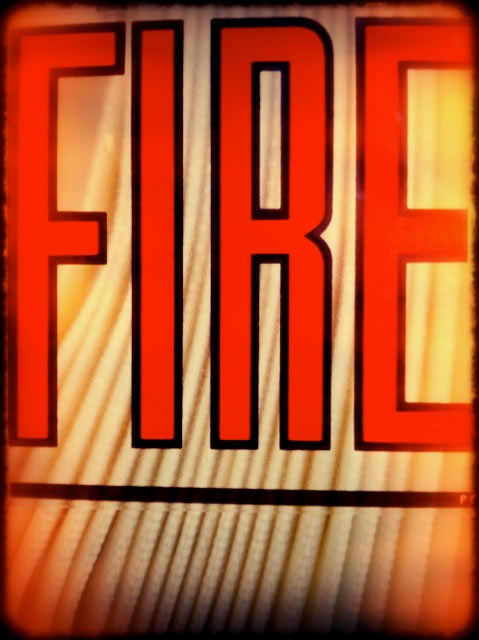
Exploring the home laboratory
Over the Christmas break, I was talking with family about my earlier days of exploring fire, chemistry and explosives.
The key to any learning is about being close into it — closely proximal to the actual action of scientific engagement.
My science, during the elementary school years came from
a Girvin love of fire.
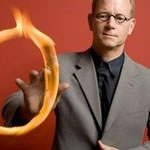
What I learned is that experiment is the way to go — and hands-on, rarely read the instructions is de reigueur. My explorations in science flourished, in later elementary years and early high school. I followed a way of learning was more about following the enthusiastic path — and experimenting.
Learn,
yourself:
Can you throw burning gasoline?
Sure!
Can you make hydrogen gas with Drano [and contain as a floating fire ball?]
Sure!
Can hot fire-dripping plastic extend 6 feet?
Sure!
Can you make green-flamed fire,
or blue,
or purple? Sure!
Just try it:
Can you fire a tennis ball 300′?
Sure!
Can you reformulate the ancient chemistry of gunpowder?
Sure!
Do flaming arrows really work?
Sure!
Learn different — like chemistry through comics?
Sure!
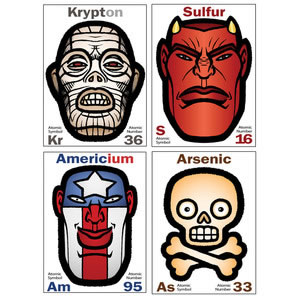
One of my great early exploratory tools was a magnifying glass,
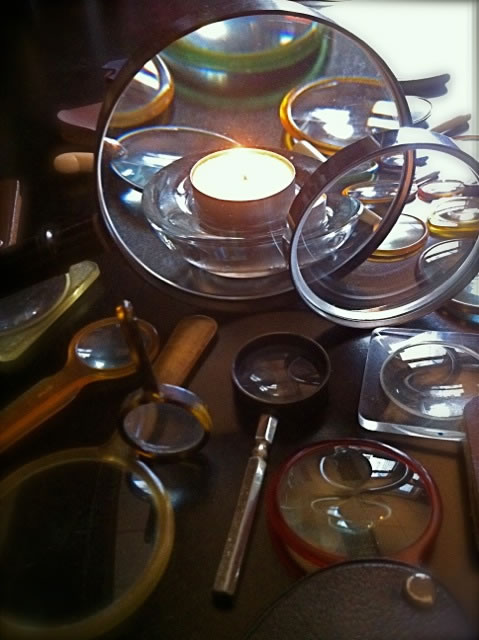
then — to greater power and insight, a microscope — for personal exploration, there’s nothing more potent for turning the world inside out. But, in anything, it was always about learning things in different ways — gaining insights through the path of embedded enthusiasm. What you might personally recall are the portable chemistry sets. I had a string of them and used their ingredient sets thoroughly. Anything that said — “never combine ___ with ___” of course, I tried.
In a recent gift-giving commentary in the NYTimes, this recollection, newly activated my personal memories.
Imagery here.
Article link.
From the 50s, onwards, a chronological gallery below:
a fabulous packaging from the era [the 50s,]
just before my time:
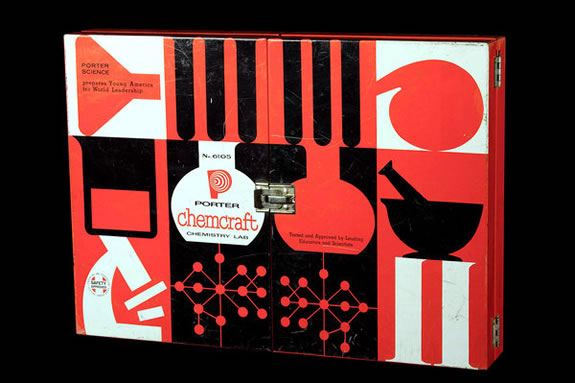
Gregory Tobias/Chemical Heritage Foundation Collections
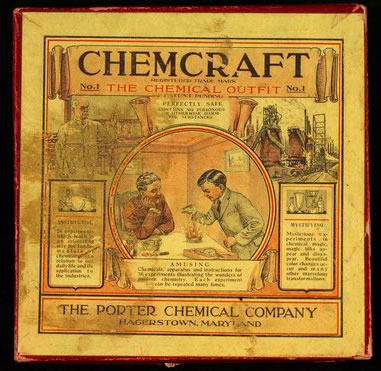
[1917 Chemistry set]
Gregory Tobias/Chemical Heritage Foundation Collections
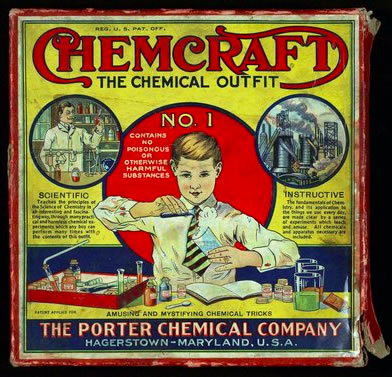
Chemistry set, 1920s
Gregory Tobias/Chemical Heritage Foundation Collections
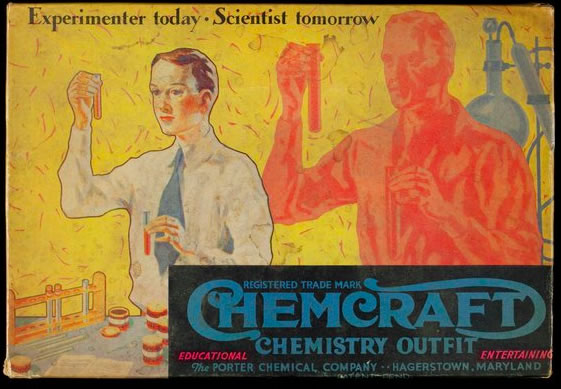
Chemistry set, 1930s
Gregory Tobias/Chemical Heritage Foundation Collections
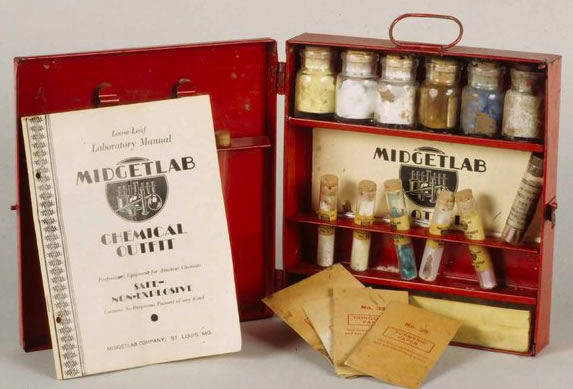
Chemistry Set, 1933
Gregory Tobias/Chemical Heritage Foundation Collections
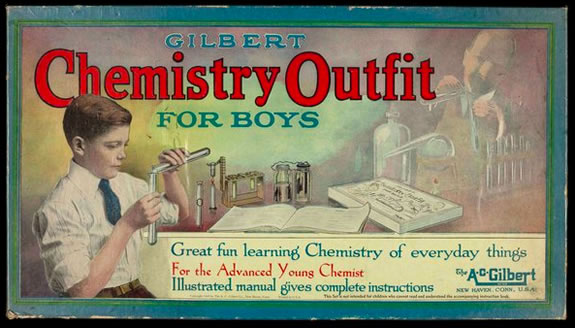
Chemistry Set, 1943
Gregory Tobias/Chemical Heritage Foundation Collections
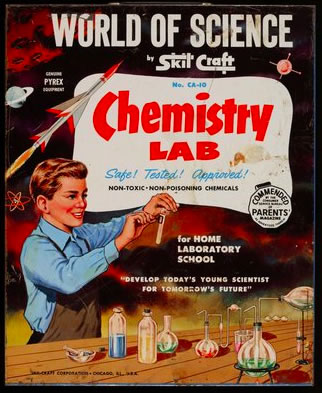
Chemistry set, 1950s
Gregory Tobias/Chemical Heritage Foundation Collections
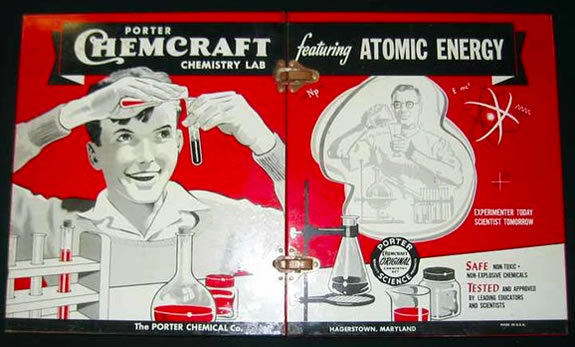
1950s Chemistry Set featuring “Atomic Energy”
Gregory Tobias/Chemical Heritage Foundation Collections
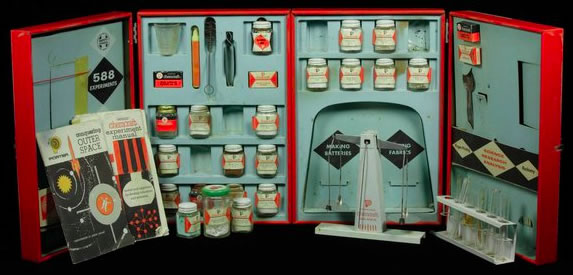
1957 Chemistry Set
Gregory Tobias/Chemical Heritage Foundation Collections
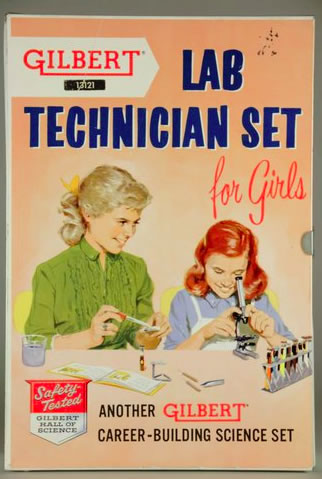
Girl’s Chemistry Set, 1958
Gregory Tobias/Chemical Heritage Foundation Collections
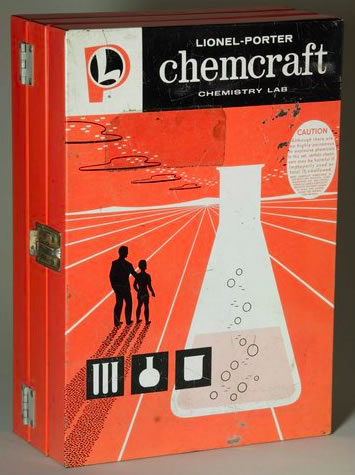
1958 Chemistry Set
Gregory Tobias/Chemical Heritage Foundation Collections
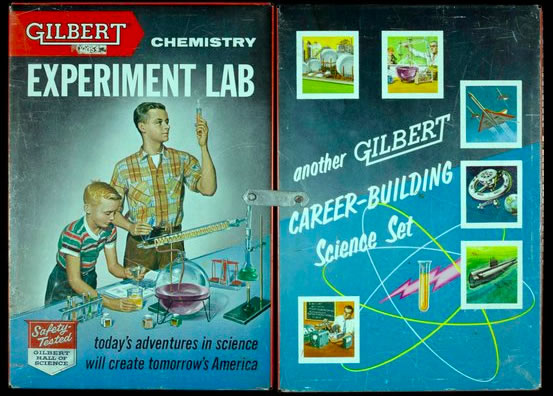
1960s Chemiistry Lab Kit
Gregory Tobias/Chemical Heritage Foundation Collections
The key meditation for me, aside from the meanders of science and the explorations of a boy, is the nature of a compacted travel-packet of tools, and chemicals, to play out, to live, in the realm of investigation — and it might be just that, something to ignite the moment.
And in my learning, it’s always been about that, the opening spark that ignites the crackling of flint-struck imagining that can lead to life-altering journeys.
In each of my own epiphanies, the nature of startling discovery has led to life-jolting insights that, in one moment, have forever changed my life.
When you ponder that — momentary insights that changed your life — what might they be?
Tim | GIRVIN | Decatur Island Studios
…..
G I R V I N | BRANDS BASED ON GENIUS
BUILDING STRATEGY AROUND PEOPLE
http://bit.ly/s1PEyI